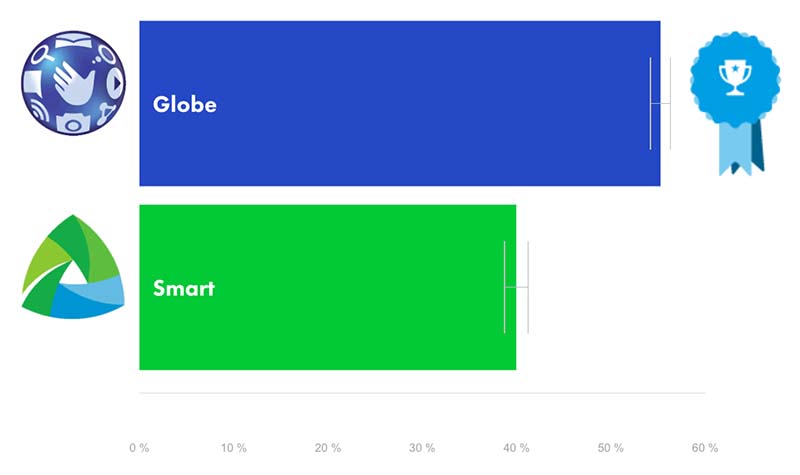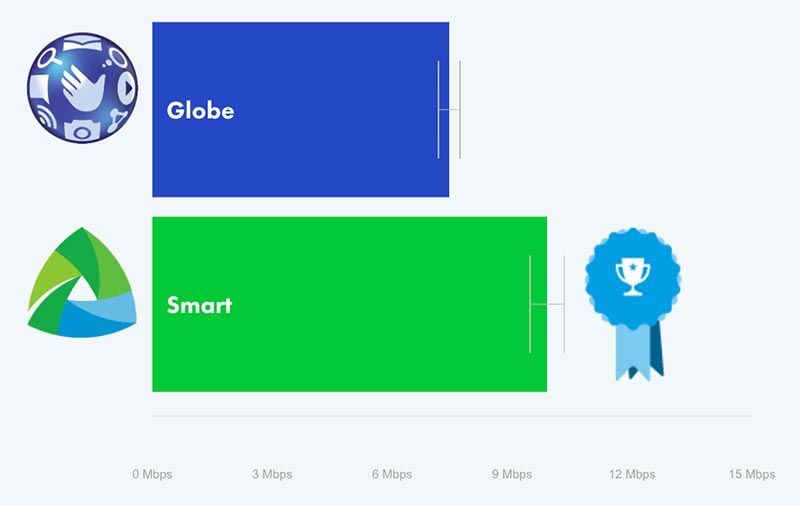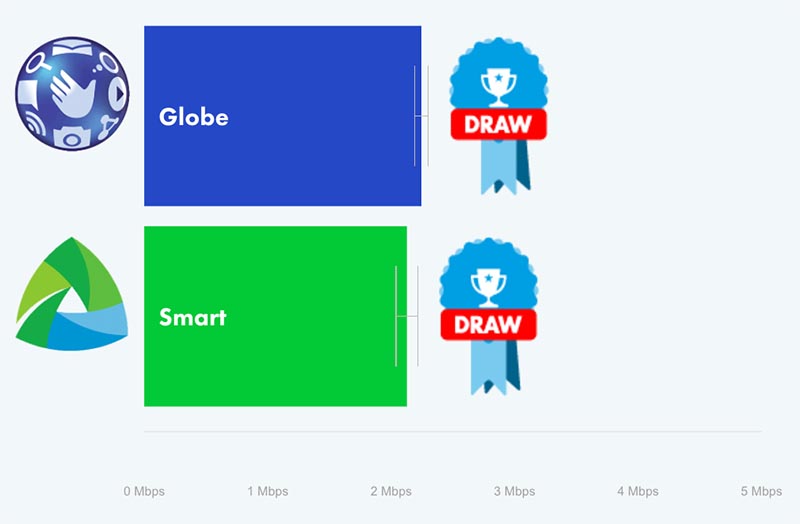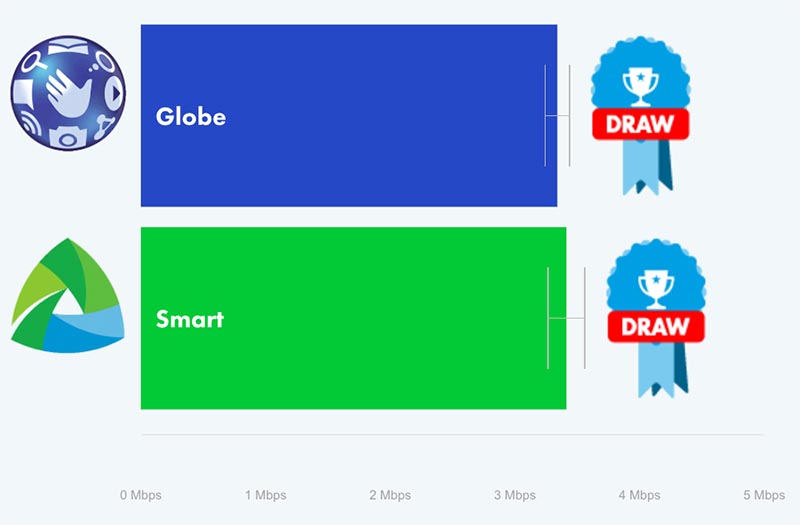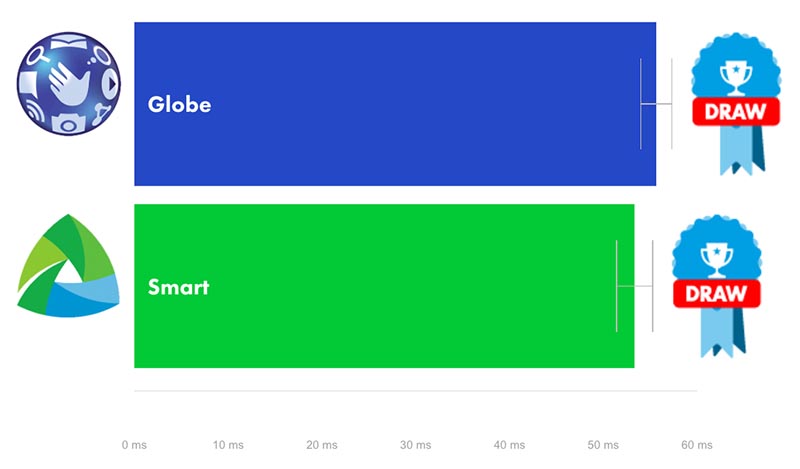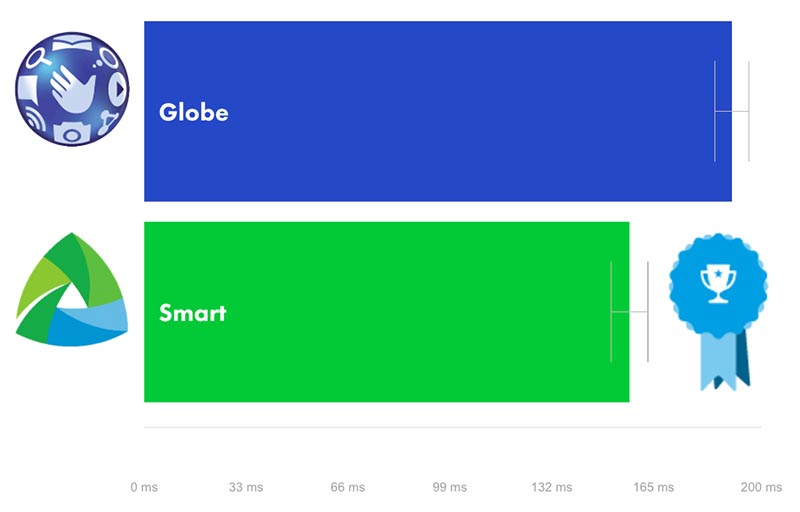You will find the answer in the latest State of Mobile Networks for the Philippines report by wireless-coverage mapping company OpenSignal, where 512,100,214 datapoints were collected under conditions of normal usage from 28,972 of its app’s users. There’s a wealth of data that you can glean from it, but the most important ones can be summed up in three categories.
SEE ALSO: Being a first adopter doesn’t always suck: Our case with Smart and Globe
Network availability
Yes, LTE has been in the country since 2012, but can you get a 4G signal easily? Here, OpenSignal measured the proportion of time LTE subscribers on each network have a 4G connection available to them.
It turned out that Globe customers were able to find a connection 55.3 percent of the time, unlike Smart subscribers, who were able to latch onto a network just 40 percent of the time.
Network speed
How did the two telcos fare when it came to download speeds on 4G and 3G connections?
On 4G LTE, Smart beat Globe in the LTE speed tests. The PLDT subsidiary achieved an average download connection of 9.9Mbps, while Globe 4G speeds were at 7.4Mbps on average. 9.9Mbps is still far from the worldwide average LTE connection speed of 17.4Mbps.
On 3G, OpenSignal called it a draw, with Globe and Smart getting average download speeds of 2.24Mbps and 2.12Mbps, respectively.
It was still a tie overall because Smart’s lower LTE coverage meant their subscribers spent much more time connected to slower 3G networks.
Network latency
Latency is the delay experienced in the processing of network data. Short delay times are preferred, of course, so the lower the score here, the better; it’s a sign of a more responsive network.
On 4G LTE, Globe and Smart were statistically tied at 55.64ms and 53.32ms, respectively. But on 3G, Smart secured a latency of 157.20ms, which was better than Globe’s 190.40ms.
Are you a Globe or Smart subscriber? How’s your mobile connection? And which is more important to you: availability or speed? Let us know in the comments.
Share this Post



